Comentários / Perguntas (45)
![]() Rara escreveu:
Rara escreveu:
Quand on met ensemble le corps du tricot et les manches sur les mêmes aiguilles, où placer le marqueur de début de rang?
18.09.2025 - 19:39DROPS Design respondeu:
Bonjour, entre la manche et le dos ou le devant. Bon tricot!
18.09.2025 - 21:04
![]() Rara escreveu:
Rara escreveu:
Bonjour, je voudrais faire des manches longues sur ce modèle. Je tricote une taille s. A combien de cm du bas de la manche faut il tricoter le tour envers pour avoir des manches longues ? Merci.
10.03.2025 - 20:57DROPS Design respondeu:
Bonjour Rara, aidez-vous d'un modèle similaire de même tension avec la longueur des manches qui vous convient pour ainsi calculer le début des manches (ce pull se tricote de bas en haut, pas de haut en bas). Bon tricot!
12.03.2025 - 08:13
![]() Lilian Gardien escreveu:
Lilian Gardien escreveu:
Ik kom er niet uit met het breien van patroon 176-22 , ik heb moeite met patroon A2.Als ik die omslag tussen 2 steken heb gemaakt, wat moet ik dan de naald erna doen met een rechte omslag? Ik krijg die gaatjes niet die ik op de foto zie.
06.08.2021 - 12:58DROPS Design respondeu:
Dag Lilian,
De omslagen brei je op de volgende naald gewoon recht.
07.08.2021 - 10:32
![]() Shelley escreveu:
Shelley escreveu:
I am in Australia and I bought the yarn online at the Wool Warehouse in the UK. I just want to find out how you got to 224 stitches on the decrease in the yoke for Size L. The average of 2.6 is not working as a decrease is 2 stitches anyway, so are you decreasing in every 2 stitches?
04.07.2021 - 03:55DROPS Design respondeu:
Dear Shelley, after you have worked A.2, you have 357 sts on needle you will now knit 1 round decreasing evenly 133 stitches = 224 stitches remain - this lesson explains how to decrease evenly and should help you. Happy knitting!
05.07.2021 - 07:58
![]() Shelley escreveu:
Shelley escreveu:
I think whats throwing me out is that the decrease is after 2 stitches but then a decrease is 2 stitches. I can’t seem to get the right stitches of 224 and I’ve done it about 3 times.
03.07.2021 - 13:51DROPS Design respondeu:
Dear Shelley, if you are really stuck, you can ask for help eithr over the phone, or in person, in the store where you bought your DROPS yarn from. Happy stitching!
04.07.2021 - 00:38
![]() Shelley escreveu:
Shelley escreveu:
Am having a problem with the decreasing in the yoke for size L when at the end of A2 I have 357 stitches divided by 133 = 2.6. So decrease after approx every 2 stitches but does that mean K2 and then decrease a stitch in the 3rd? I did that and I ended up with too many 268 stitches at the end instead of 224. Can you please explain the decreases i.e after knitting the 2 stitches is the k2tog decrease counted as the first stitch before the next decrease?
03.07.2021 - 13:31DROPS Design respondeu:
Dear Shelley, THIS lesson might help you to calculate how to decrease evenly. Happy Knitting!
04.07.2021 - 00:37
![]() Shelley escreveu:
Shelley escreveu:
On picking up the stitches to start the yoke, where do you begin the first round? Is it in the middle of the 10 stitches that were cast off for the sleeve? Thank you
29.06.2021 - 12:05DROPS Design respondeu:
Dear Shelley, yoke is worked in the round and can start either from mid back or at the transition of a sleeve and the back piece. Happy knitting!
29.06.2021 - 15:46
![]() Shelley escreveu:
Shelley escreveu:
Thank you very much for your response. Does that also explain the graph in A.2? The stepped graph has me confused, does each change in the number of stitches refer to the different sizes?
07.06.2021 - 14:04DROPS Design respondeu:
Dear Shelley, the number of stitches in A.2 will decrease, fo ex on row 3 you decrease a total of 8 times but work only 6 yarn overs = on row 4 there are 2 sts less in every repeat. You can use markers between each repeat of A.2 in width to check number of stitches and make sure it is right (you should end with 17 sts in A.2). Happy knitting!
07.06.2021 - 15:52
![]() Shelley escreveu:
Shelley escreveu:
I would love to knit this jumper but I am puzzled by the second to last round in graph 3. I’ve never seen a round like that before. Can you explain the meaning of that please? Thank you
05.06.2021 - 15:26DROPS Design respondeu:
Dear Shelly, it is just that the pattern is starting one stitch earlier. It also finishes one stitch sooner, so the stitch number will not change, but this is the way the stitches get propwrly on top of each other. Happy Knitting!
07.06.2021 - 03:46
![]() Berbett escreveu:
Berbett escreveu:
Bonjour, Je souhaite tricoter le modèle sans faire le diagramme A2, tricoter en jersey jusqu'au diagramme A3. Pourriez-vous m'expliquer comment faire étant donné que le diagramme A2 permet de faire 76 diminutions. Comment diminuer sur le jersey ? En vous remerciant cordialement d'avance. Pia.
25.01.2021 - 17:30DROPS Design respondeu:
Bonjour Mme Berbett, dans la taille M vous devez diminuer 38 mailles a intervalles reguliers a chaque tour ou les mailles sont diminuees au diagramme A.2 (4eme et 10eme tour) tout en travaillant le point jersey au lieu du diagramme A.2. Comment repartir des diminutions à intervalles réguliers vous trouverez ICI. Bon tricot!
25.01.2021 - 17:50
Apricot Cream#apricotcreamsweater |
|||||||||||||||||||
 |
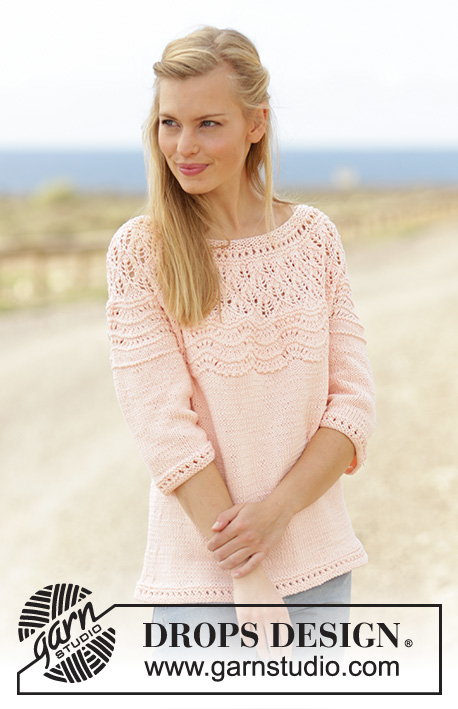 |
||||||||||||||||||
Pulôver com ponto rendado, ponto de ondas e encaixe arredondado, em DROPS Muskat. Do S ao XXXL.
DROPS 176-22 |
|||||||||||||||||||
|
---------------------------------------------------------- PONTO FANTASIA: Ver os diagramas A.1, A.2 e A.3. Ver flecha indicada para cada tamanhos para começar A.2. DIMINUIÇÕES: Diminuir da seguinte maneira antes do fio marcador: Tricotar até restarem 3 malhas antes do fio marcador, 2 malhas tricotadas juntamente em meia, 1 malha meia. Diminuir da seguinte maneira depois do fio marcador: 1 malha meia, deslizar 1 malha em meia, 1 malha meia, passar a malha deslizada por cima da malha tricotada. AUMENTOS: Começando 1 malha antes do fio marcador, fazer 1 laçada, tricotar 2 malhas meia (o fio marcador fica a meio destas malhas), fazer 1 laçada. Tricotar as laçadas torcidas em meia na carreira seguinte. AUMENTOS/DIMINUIÇÕES a intervalos regulares: Para calcular quando aumentar ou diminuir a intervalos regulares, dividir o número total de malhas (por ex. 272 malhas) pelo número de aumentos ou de diminuições a fazer (por ex. 85) = 3.2. Neste exemplo, vai-se aumentar depois de cerca de cada 3.ª malha. Para aumentar, fazer 1 laçada, na carreira seguinte, tricotar a laçada torcida em meia para evitar buracos. Quando se diminui, tricotar juntamente em meia cerca de cada 2.ª e 3.ª malhas. BARRAS JARRETEIRA (em redondo): 1 BARRA JARRETEIRA = 2 voltas. Tricotar 1 volta meia e 1 volta liga. ---------------------------------------------------------- PULÔVER: Tricota-se de cima para baixo, em redondo na agulha circular. Tricotar primeiro as costas e a frente, depois, as mangas separadamente e retomar todas as peças para tricotar o encaixe arredondado. COSTAS & FRENTE: Montar 192-208-224-248-272-296 malhas com a agulha circular 4 mm em Muskat. Tricotar A.1 em todas as malhas. Quando A.1 tiver sido tricotado 1 vez em altura, continuar em ponto meia. Colocar 2 fios marcadores; 1 no princípio da carreira e 1 outro depois de 96-104-112-124-136-148 malhas = referências para os lados. Continuar então em ponto meia. MANTER A MESMA TENSÃO DA INDICADA PARA A AMOSTRA Quando a peça medir 8 cm, diminuir 1 malha de cada lado de cada fio marcador - VER DIMINUIÇÕES! Diminuir 6 vezes ao todo a cada 4-4-5-5-5-5 cm = 168-184-200-224-248-272 malhas. Quando a peça medir 32-34-36-36-37-36 cm, arrematar 8-8-10-10-12-14 malhas de cada lado da peça (= 4-4-5-5-6-7 malhas de cada lado de cada fio marcador) = 76-84-90-102-112-122 malhas para a frente/as costas. Colocar em espera e tricotar as mangas. MANGAS: Montar 48-50-52-54-56-58 malhas nas agulhas de pontas duplas 4 mm em Muskat. Tricotar A.1 em todas as malhas. Quando A.1 tiver sido tricotado 1 vez em altura, continuar em ponto meia. Colocar 1 fio marcador no princípio da carreira = meio sob a manga. Quando a peça medir 5 cm, aumentar 1 malha de cada lado do fio marcador - VER AUMENTOS. Aumentar 10-13-16-17-18-19 vezes ao todo a cada 5-4-3-3-3-2 carreiras = 68-76-84-88-92-96 malhas. Quando a peça medir 23-23-24-22-23-19 cm, tricotar 1 vola liga em todas as malhas e continuar em ponto meia. Quando a peça medir 25-25-26-24-25-21 cm, arrematar 8-8-10-10-12-14 malhas a meio sob a manga (= 4-4-5-5-6-7 malhas de cada lado do fio marcador) = 60-68-74-78-80-82 malhas. Tricotar uma outro manga igual. ENCAIXE: Colocar as malhas das mangas na mesma agulha circular que as costas e a frente, por cima das malhas arrematadas para as cavas = 272-304-328-360-384-408 malhas. Tricotar 1 volta meia aumentando ao mesmo tempo 85-95-113-123-122-144 malhas a intervalos regulares - VER AUMENTOS/DIMINUIÇÕES a intervalos regulares = 357-399-441-483-506-552 malhas. Tricotar então A.2 (= 17-19-21-21-22-24 vezes em largura). Quando A.2 tiver sido tricotado 1 vez em altura, restam 289-323-357-357-374-408 malhas. Tricotar 1 volta meia diminuindo ao mesmo tempo 97-115-133-133-134-160 malhas a intervalos regulares = 192-208-224-224-240-248 malhas. Tricotar A.3 em todas as malhas (= 24-26-28-28-30-31 vezes em largura). Tricotar 2-2-2-2-2-3 vezes A.3 ao todo em altura. Tricotar então 1 volta meia diminuindo ao mesmo tempo 50-58-66-66-72-74 malhas a intervalos regulares = 142-150-158-158-168-174 malhas. Tricotar A.1 em todas as malhas. Na penúltima carreira de A.1, diminuir 50-56-62-62-70-74 malhas a intervalos regulares = 92-94-96-96-98-100 malhas. Terminar A.1, e tricotar 2 BARRAS JARRETEIRA - ver acima - em todas as malhas. Arrematar em meia. |
|||||||||||||||||||
Explicações do diagrama |
|||||||||||||||||||
|
|||||||||||||||||||
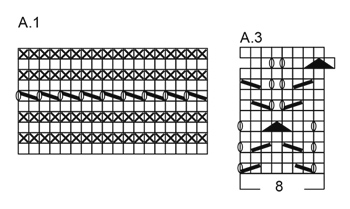 |
|||||||||||||||||||
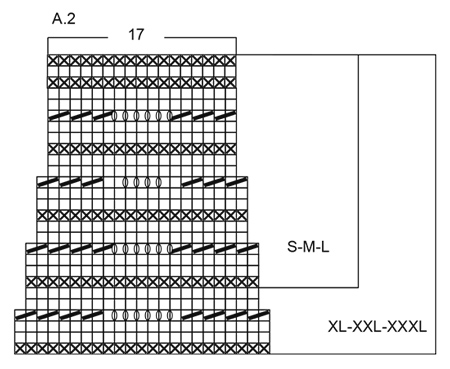 |
|||||||||||||||||||
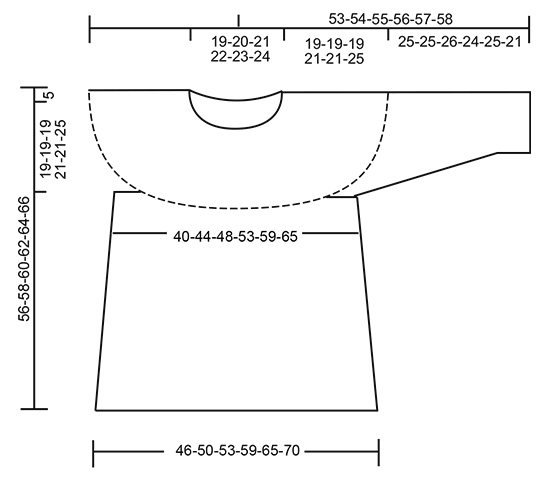 |
|||||||||||||||||||
Terminou este projecto?Então, identifique as suas fotos com as tags #dropspattern #apricotcreamsweater ou mostre-as na galeria #dropsfan. Precisa de ajuda para este modelo?Encontrará 26 turotiais em vídeo, uma rubrica Comentários/Perguntas e muito mais ao visitar a página do modelo em www.garnstudio.com © 1982-2025 DROPS Design A/S. Todos os direitos reservados. Este documento, incluuindo as suas su-secções, tem copyrights. Saia mais o que pode fazer com os nossos modelos no fim de cada uma das páginas do nosso site. |
|||||||||||||||||||

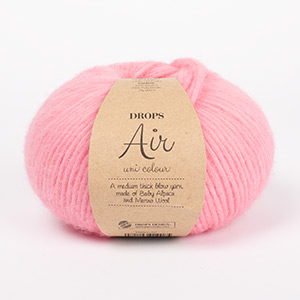





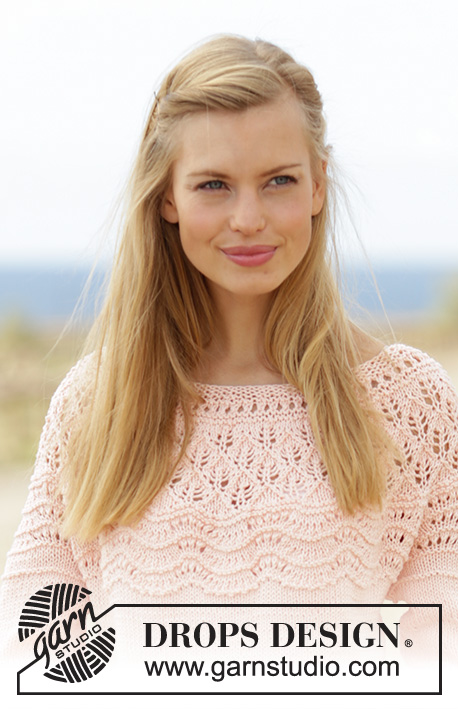
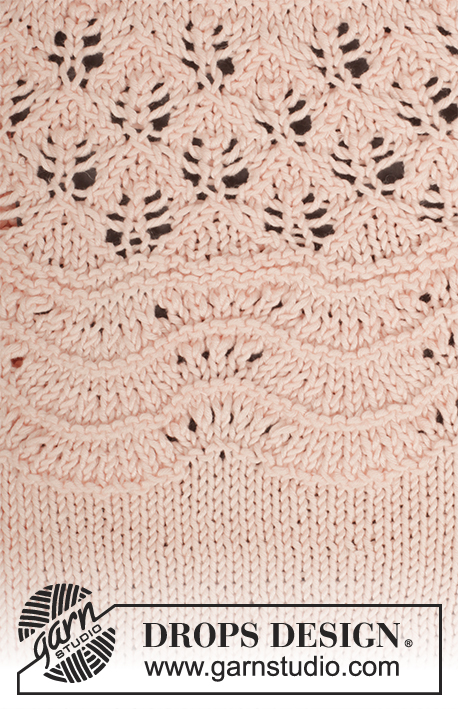
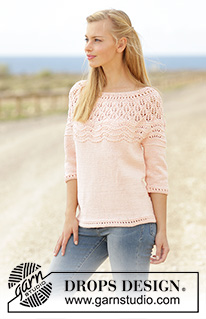
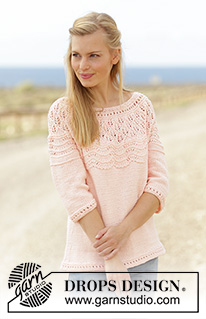





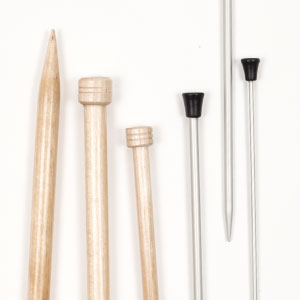
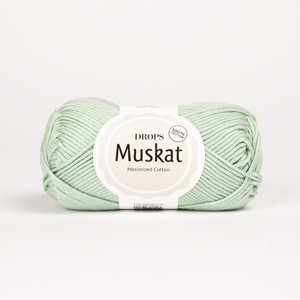
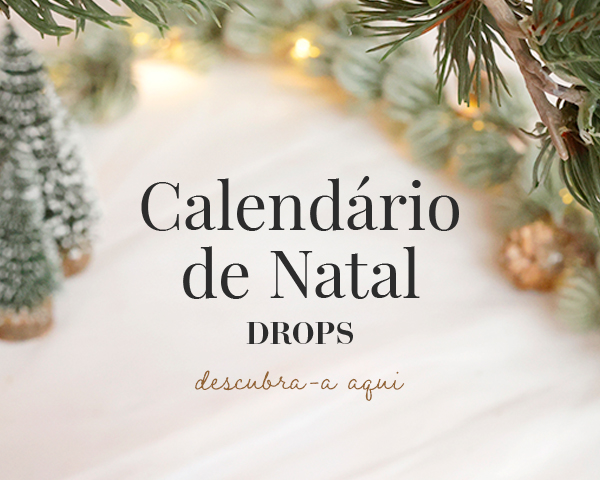


































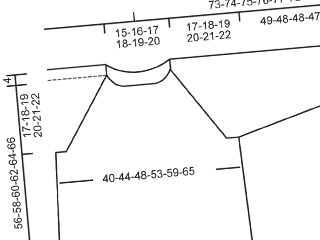
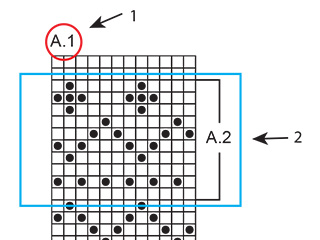
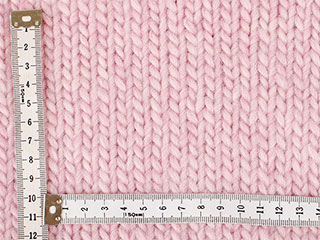
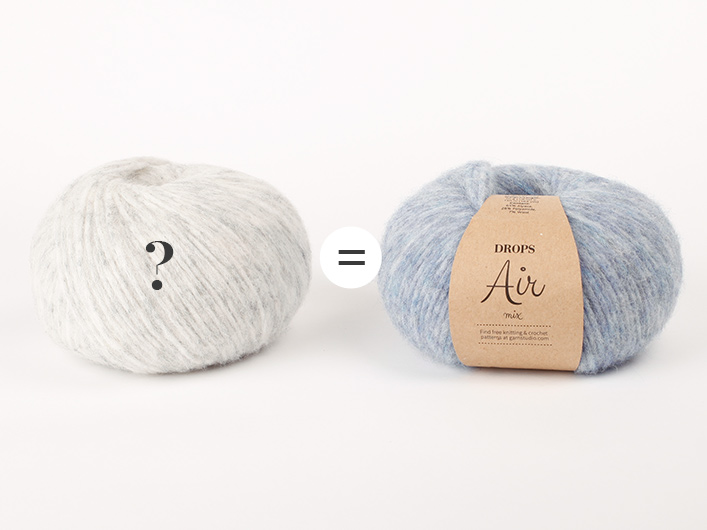
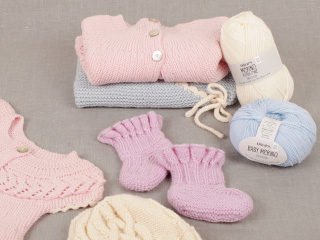
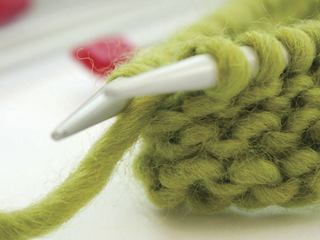

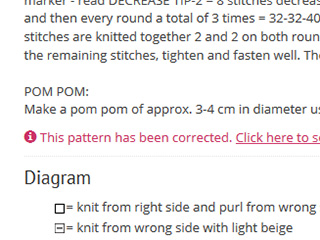

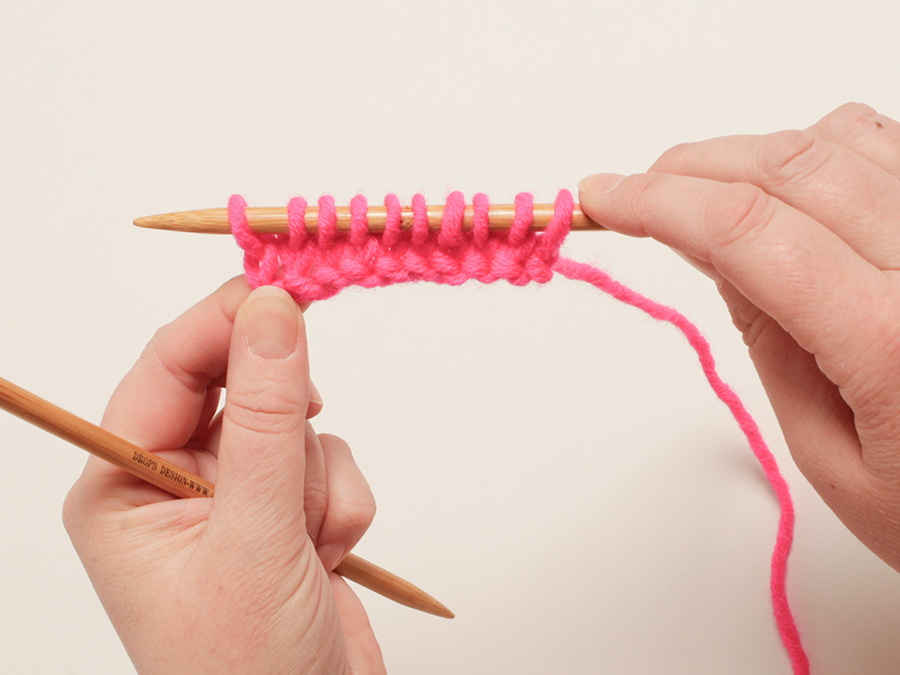
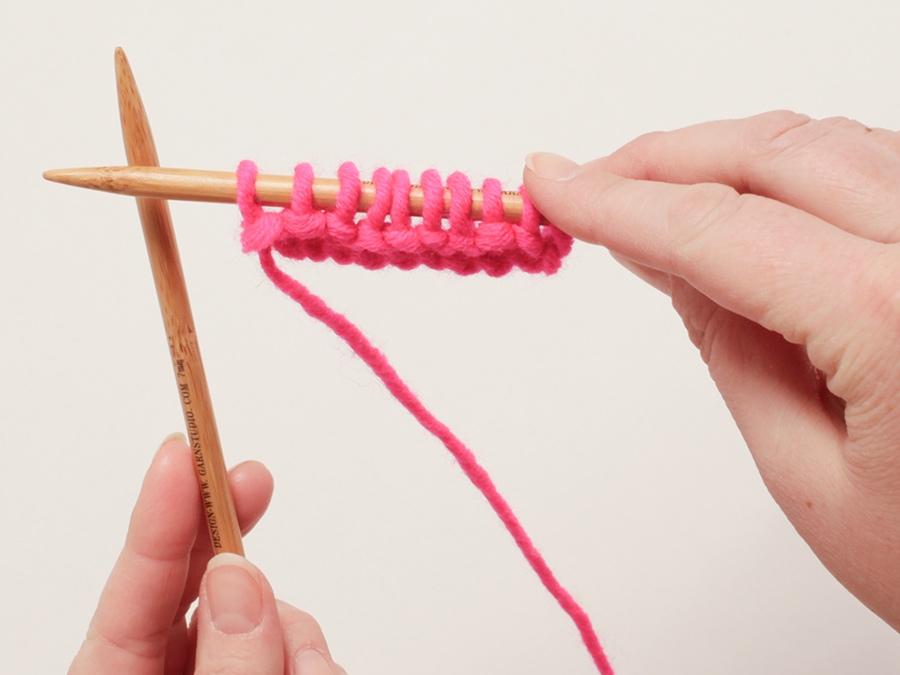
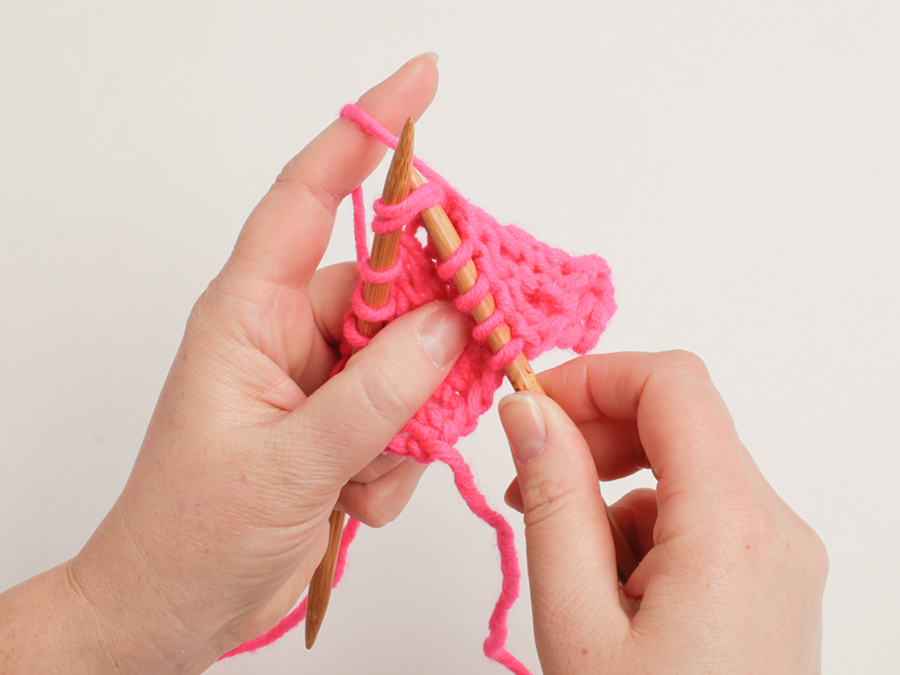
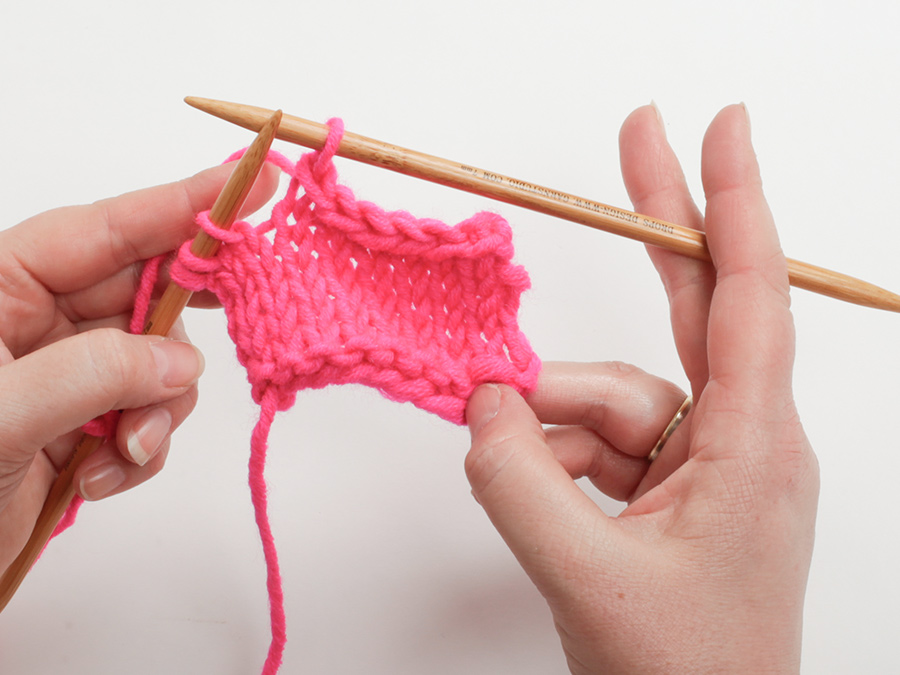
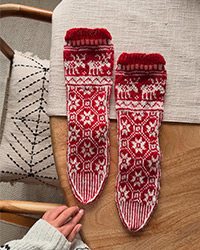

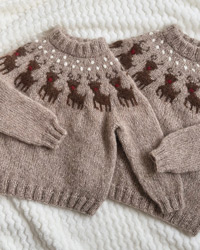
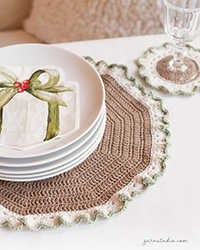
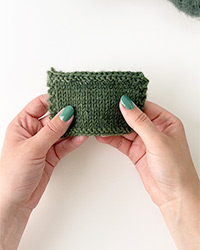

Deixe um comentário acerca do modelo DROPS 176-22
Gostaríamos muito de saber o que tem a dizer-nos acerca deste modelo!
Se deixar uma pergunta acerca do modelo, certifique-se de que escolhe a categoria adequada no formulário abaixo para acelerar o processo relativo à resposta. Os campos obrigatórios estão assinalados com um *.